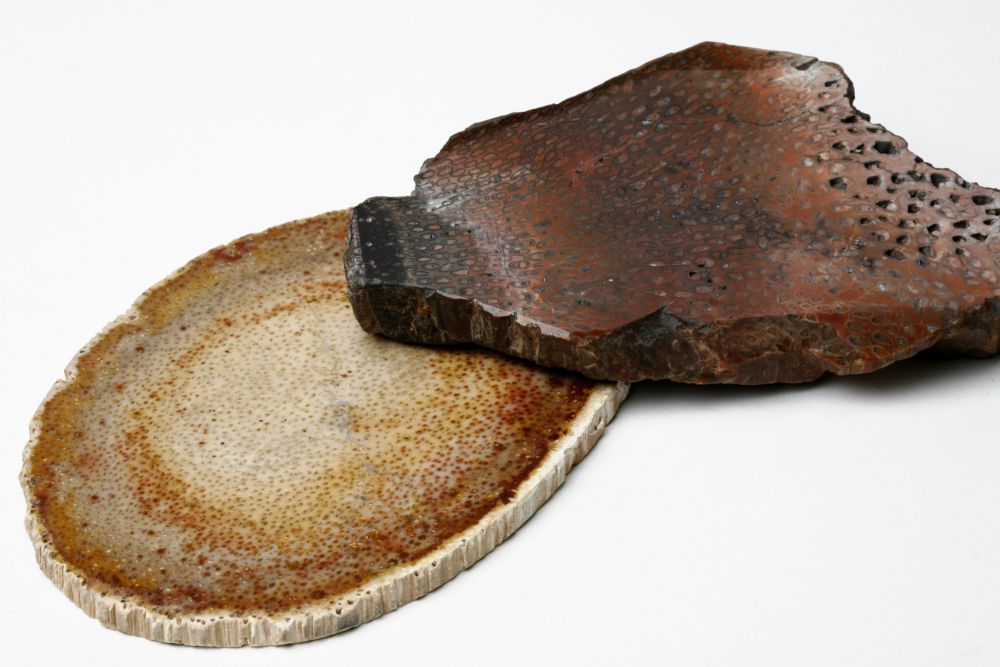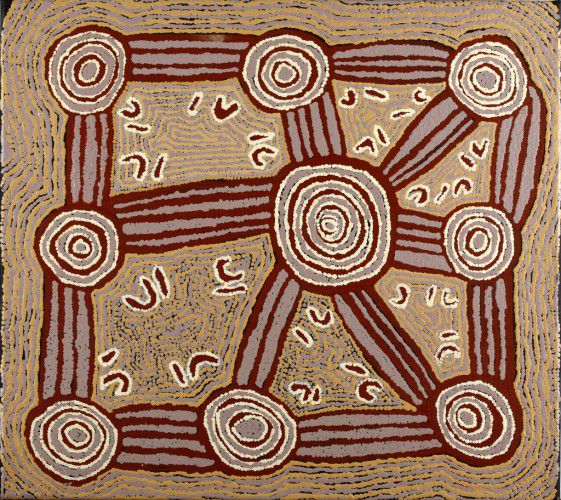Has a cup of coffee anything to do with justice and peace? The objects on this page are all related to justice and peace? Where do they stand for? Click on an image to find out.
Geschillen oplossen met muziek
In the past Inuit (Eskimos) in Greenland used drums to resolve disputes. If there was a conflict between two people, they would challenge each other to a song contest. During it, they would try to outdo each other by singing specially written and rehearsed songs accompanied by drumming. The aim of the drumming contest was to make the opponent look silly. The audience decided the winner.The palm, symbol of the victory of ideals
Palm trees grow all year round. In Western art and literature, the palm tree is a symbol of ‘immortality’ and ‘eternal life’. Among the Romans, palm fronds symbolised victory. Victorious generals and winning gladiators were presented with them. In the Christian tradition, the palm frond became a sign of the victory of the spirit over the body. The origin of this idea is the Biblical story of Jesus’ triumphal entry into Jerusalem (on ‘Palm Sunday’), when his supporters laid down palm fronds in front of him. Christians believe that Jesus died in Jerusalem for the forgiveness of the sins of humanity. This has led to the palm frond being used as a general symbol of ideals such as peace and charity.

Dove of peace
The dove and the olive branch are both symbols of peace. Olive trees grow slowly and flourish only if they are undisturbed for a long time. So places where there are lots of olive trees must have enjoyed peace for many years. This is probably why the Ancient Greeks used the olive branch as a symbol of peace.
The use of the dove as a symbol of peace probably goes back to the story of Noah’s ark, The Bible says that God punished the sins of mankind by sending a great flood. Only Noah and his family survived, thanks to the ark he had built. From his ark, Noah sent out a black raven and a white dove to see whether the water was receding. The dove returned with a fresh olive branch in its beak. Noah took this as a sign that God had made peace with mankind and the earth was becoming fruitful again. This story made the dove a symbol of peace, innocence and new beginnings.
Hier leven wij
Als je goed naar dit schilderij van Mary Brown Napangati kijkt, zie je een soort landkaart. De ronde vormen op het schilderij zijn water- en kleiputten. De lijnen zijn routes in het uitgestrekte, droge landschap. De U-vormen stellen vrouwen voor. Ze zitten op hun hurken en graven met stokken in de grond naar houtboorderrupsen.
Wat heeft dit schilderij met recht en vrede te maken? De schilderes is een Aboriginal, een nakomeling van de oorspronkelijke bewoners van Australië. Tot ver in de twintigste eeuw hadden de Aboriginals geen rechten. Als de regering hun grond nodig had voor land-, mijn- of stedenbouw, werden ze uit hun leefgebied verdreven. Pas in 1966 kregen ze het staatsburgerschap. In de jaren 1990 kregen ze voor het eerst grondgebied in eigendom terug.
Maar hoe kunnen de Aboriginals bewijzen welke grond van hun is? Daarbij spelen schilderijen een belangrijke rol. Voor de Aboriginals zijn schilderingen van oudsher de manier waarop clans en families hun verbondenheid met een gebied uitdrukken. Een schilderij is eigenlijk een landkaart. Australische rechtbanken erkennen deze schilderingen steeds vaker als rechtmatig bewijs van eigendom.

Schilderij van Mary Brown Napangati

